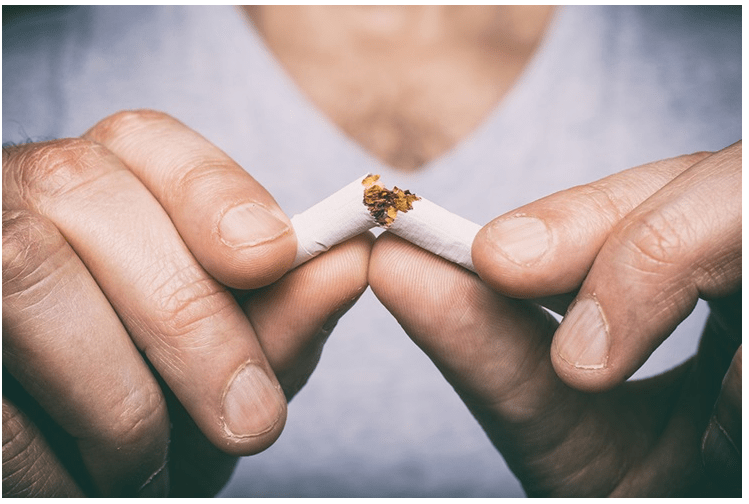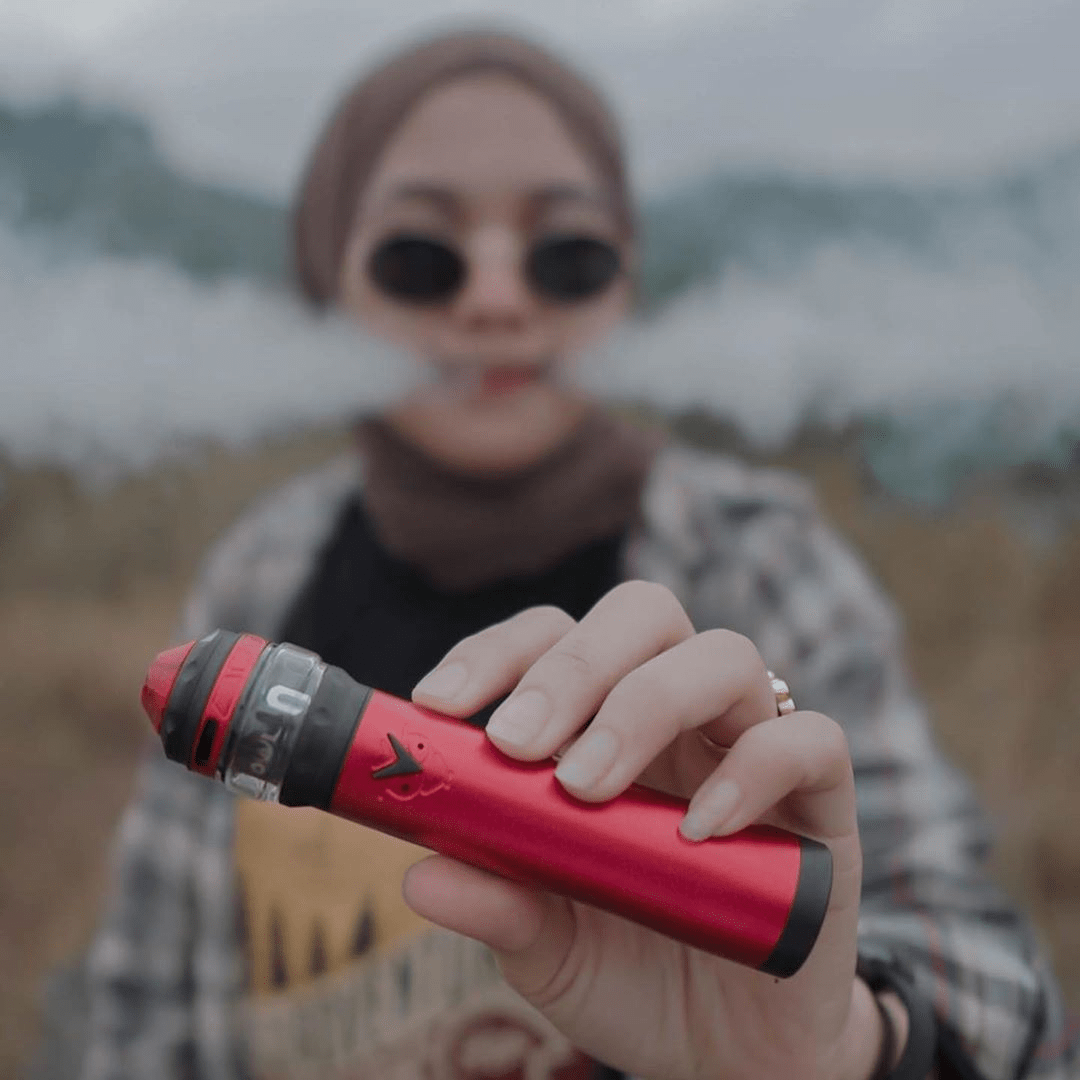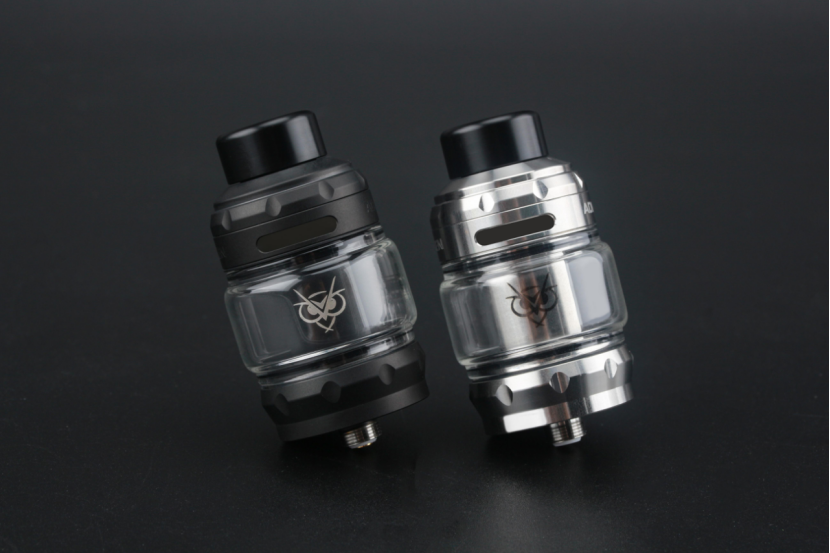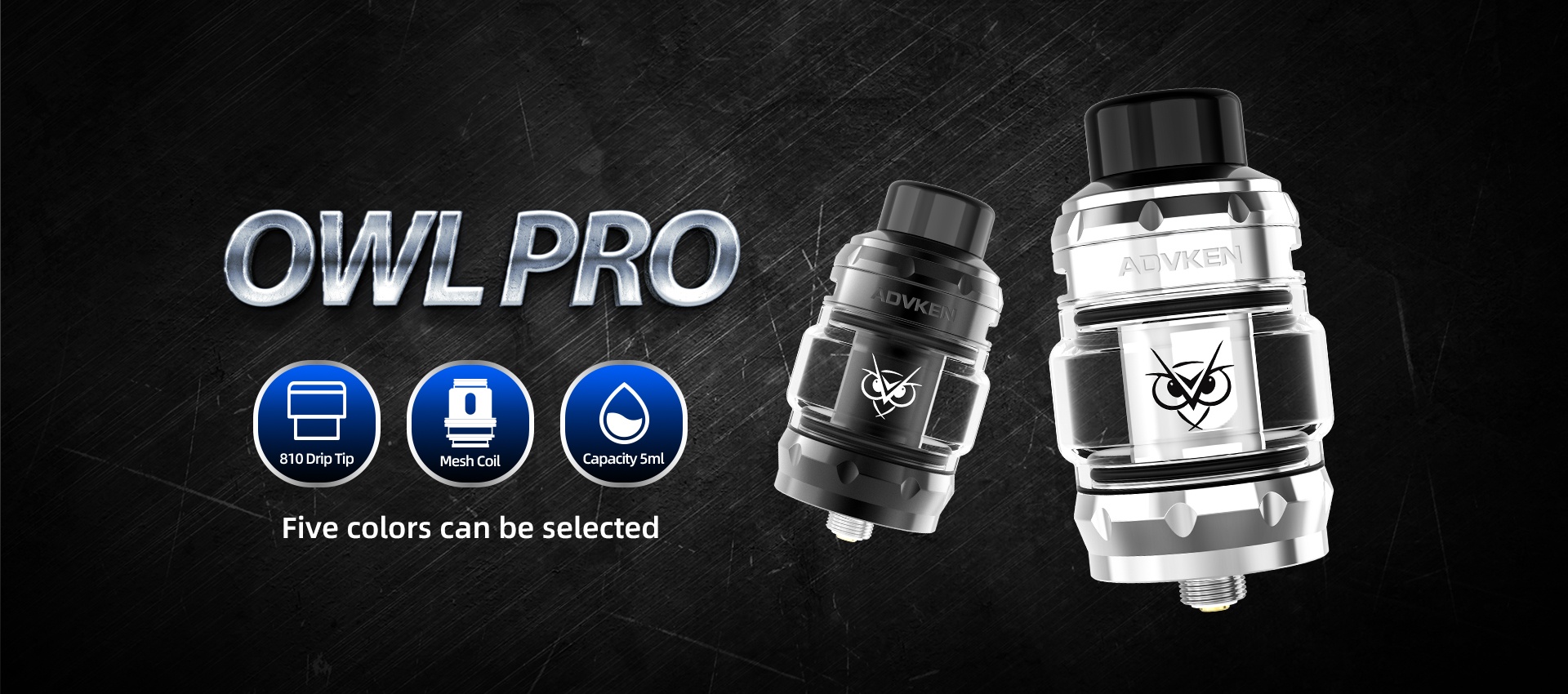What do you Need to Know Before Vaping?
E-cigarettes: Does Vape really a safe way for smokers to stop smoking or also a gateway to let kids hooked on a habit known as a disease risk to cancer?
Public health experts and tobacco researchers are trying to find out the connection between this. So far, results are mixed.
However, one thing is certain. They’re not hard to find. So many vape shops and stores are selling vapes everywhere across the countries.
In the summer of 2016, new rules about their sale went into effect. The buyers for vapes must be 18, and they have to show their ID if they under 27.
The Basics
cigarettes are battery-operated devices that look like a real cigarette or pen. Some with refillable tanks look a bit different. There are hundreds of brands, and also they are known as a good way to get your nicotine fix without the danger of cigarettes.
They all work the same basic way:
They have containers filled with liquid that’s usually made of nicotine, flavorings, and other chemicals.
A heating device turns the liquid into a vapor that you inhale when you take a drag.
Using an e-cig is called “vaping.”
Are They Safe?
Most contain the chemical nicotine, which is addictive. If u are addicted to it, u will feel depressed when u stop using it. Nicotine isn’t good for people with heart problems. And some initial research also indicates that it may hurt your arteries.
Also, it will :
Harm the developing brains of kids and could affect memory and attention.
Damage unborn babies. Pregnant women should avoid using anything with nicotine.
But the concerns go beyond nicotine alone.
Some brands contain chemicals including formaldehyde — often used in building materials — and another ingredient used in antifreeze that will cause cancer.
Flavors in e-cigs also raise red flags. Some use a buttery-tasting chemical called diacetyl, which is often added to foods like popcorn. it can be dangerous when it’s inhaled.
“Diacetyl is a well-known harmful chemical, which, among other things, causes a lung disease called ‘popcorn lung,'” says Erika Sward, assistant vice president for national advocacy at the American Lung Association.
Are They Safer Than Smoking?
As flavored vape products face an uncertain future, the outcry from people who swear that vaping has allowed them to quit cigarettes is getting louder. There are countless stories from people who have found that vaping helps them quit. But what does the evidence say about vaping as a tool for smokers eager to stop?
Vaping has a very different status depending on what country you’re in. In the United Kingdom, vaping is a central part of Public Health England’s anti-smoking campaign. By contrast, in the United States, the Food and Drug Administration has not approved vaping as a method for smoking cessation. In 2018 the National Academy of Sciences said there was “insufficient evidence” to suggest that it was better than other methods of quitting.
There’s truth to both approaches. While there is evidence suggesting that vaping can, and has, helped people quit smoking, there’s a nuance to that story that depends on what kind of studies you’re looking at.
If you look at studies in the United Kingdom, there is evidence that vaping does help people quit.
Some researchers say that e-cigarette’s ability to help smokers quit it’s a far more complicated picture. Scott Weaver, Ph.D., a professor of public health at Georgia State, explains that there’s insufficient evidence to say for sure because different kinds of studies often find different results. “When it comes to how people are actually using e-cigarettes under real-world conditions, outside of a well-controlled randomized clinical trial, the literature has been inconsistent,” Weaver tells Inverse. While vaping may have clear benefits for smokers, there is still some skepticism about whether or not it’s a true quitting aid in every context. For now, the US and the UK are both taking very different stances on the same body of evidence.

Do They Lead Teens to Smoke?
In addition to nicotine, artificial flavorings and other chemicals that users inhale, Blaha is concerned about some of the behavioral aspects of vaping.
“I think perhaps the #1 concern about vaping right now is the so-called gateway effect. Our own literature suggests that 2 million young adults use electronic cigarettes as their first nicotine-based product. They’re not trying to quit smoking — they’ve never smoked before.”
Nicotine in any form is highly addictive. Vaping, using nicotine-laced products, can become a tenacious and expensive habit, and kids might not stop there.
Blaha says there’s evidence that young people who vape are more likely to go on to use illicit drugs and tobacco products such as cigarettes.
“We might be causing the next smoking epidemic through young people getting addicted to electronic cigarettes early in life,” he says.
Regulations
Tobacco use is the single largest preventable cause of disease and death in the United States.1 Since 2009, the FDA has regulated cigarettes, smokeless, and roll-your-own tobacco. FDA finalized a rule, effective August 8, 2016, to regulate all tobacco products. For background information on this milestone in consumer protection, see The Facts on the FDA’s New Tobacco Rule. Key rules include:
No one under age 18 can purchase them — in stores or online.
Sellers will need to check the ID of anyone under 27 years of age.
The products can’t be sold in vending machines, except for in adult-only facilities.
Free samples are banned.
E-cigarettes placed on the market after 2007 have to go through an FDA safety and approval review to enter or stay on the market. That could take years, but products can be sold while they wait for approval.
Critics say the rules will crush small makers of e-cigs because they can’t afford the time and lawyer fees to get through the process.
The American Academy of Pediatrics and the American Lung Association are glad to have the rules. But, Sward adds, “We certainly thought [the FDA] should have gone farther — ending the sale of flavored products.” Some come in candy and fruity flavors that appeal to kids and teens.
What Else You Should Know About E-Cigs
They can blow up. There were 134 reports of e-cigarette batteries overheating, catching fire, or exploding between 2009 and January 2016, according to Michael Fe
Felberbaum, an FDA spokesperson. Some people were seriously hurt. The new rules will allow the FDA to review the safety of batteries and eventually take action to protect the public.
They can poison people. Liquid nicotine is especially dangerous to out of reach of little ones.
The FDA plans on future rules that will require nicotine warnings
and child-resistant packaging for products with e-liquids, Felberbaum says.













